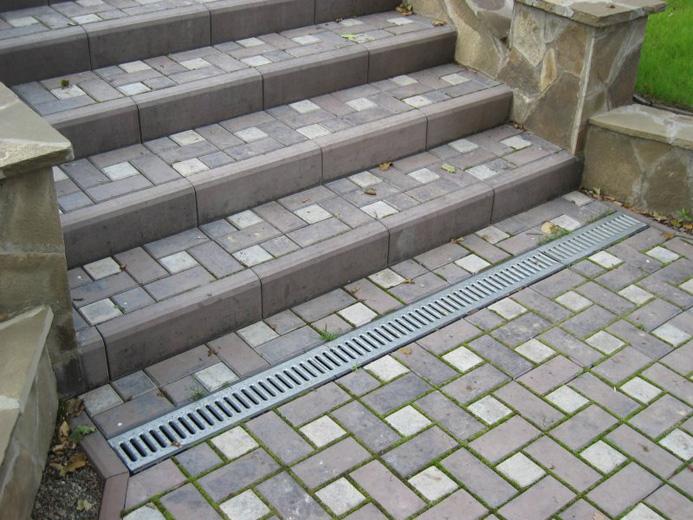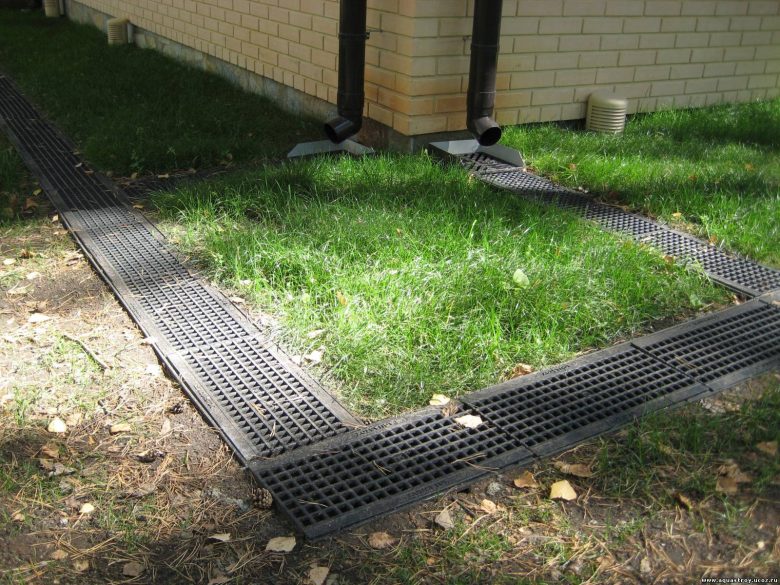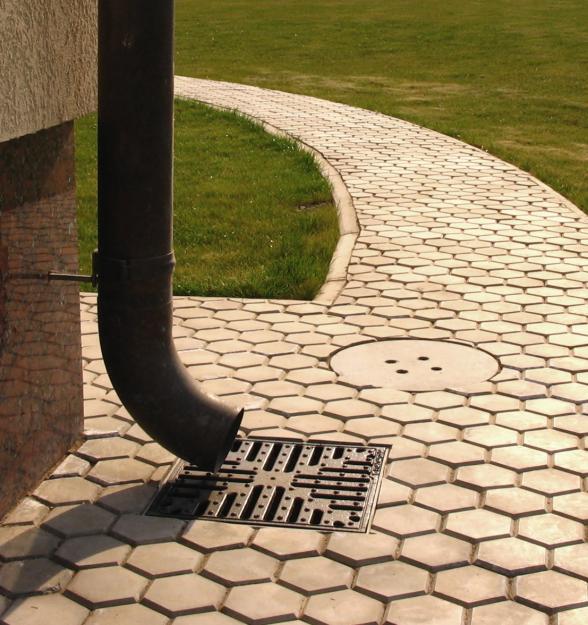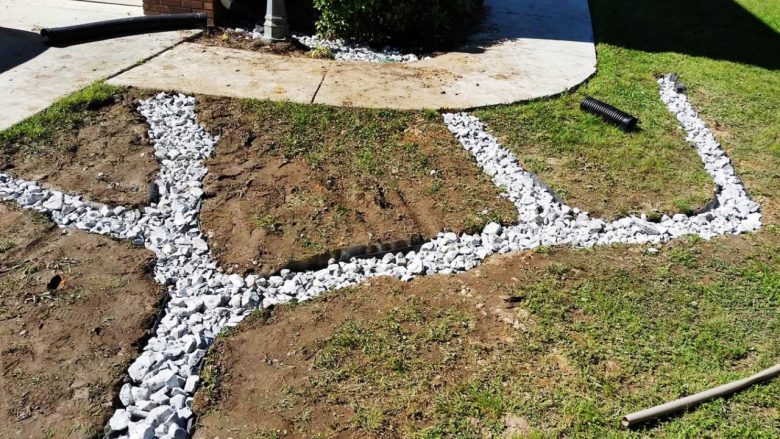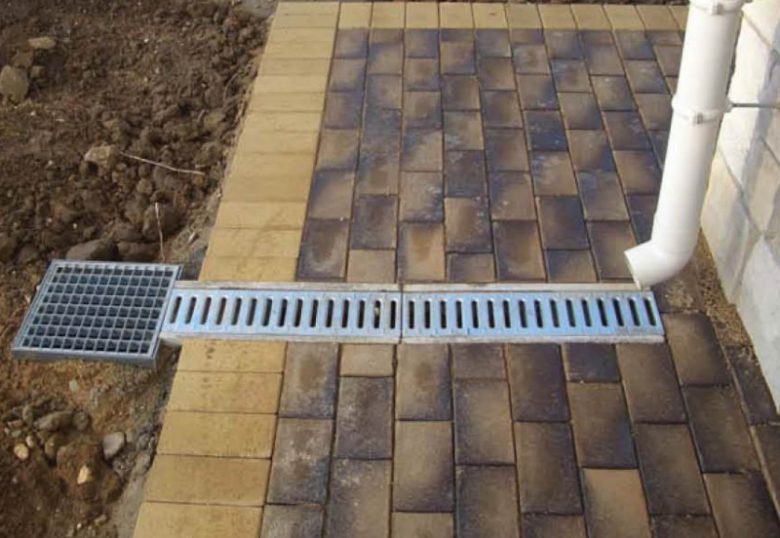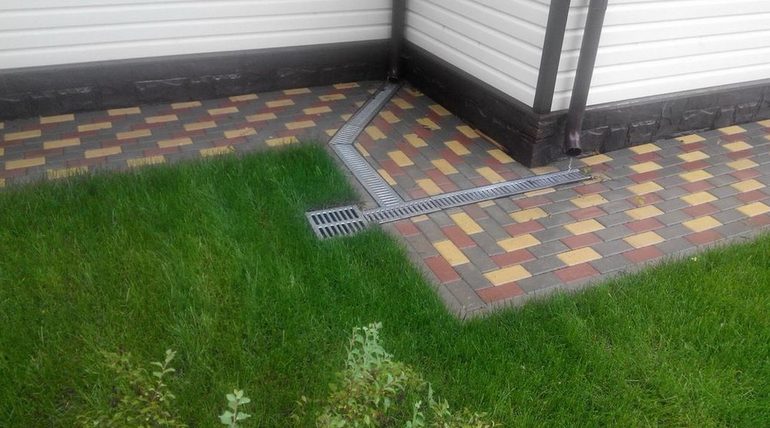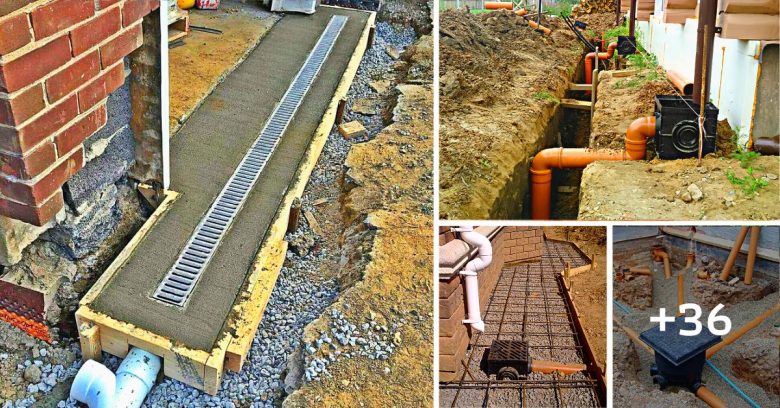
Having good yard drainage is necessary as it will keep too much water away from your home’s foundation, which can cause damage over time, and keep the yard itself from being too soggy and wet.
Effective yard drainage is key to keeping not just your yard dry but also your house in good shape. DIY yard drainage methods are mostly inexpensive and simple to implement. The goal is to drain flooded areas of your yard and to prevent water from moving toward the house’s foundation.
Catch Basin: When water hits the ground from gutters and downspouts, the worst thing is for it to pool and soak beside your home’s foundation. Send that water far away by installing a catch basin at the bottom of every downspout. Water runs into the catch basin and then is taken away by buried PVC pipes to a drain emitter.
Rain Barrel: Water from the downspouts can be put to good use instead of being wasted. Build or purchase a rain barrel and place it next to a downspout. By reconfiguring the downspout, you can send water into the barrel—where it collects for later use in gardens.
Channel Drain: When you have a concrete or asphalt driveway or walkway that sends water in the wrong direction, stop the water in its tracks. Installing a channel drain starts with a narrow trench cut into the concrete or asphalt.
Next, a long channel drain is placed in the trench. When water hits the channel drain, it’s sent off in another direction, well away from the house or garage.
French Drain: Surface water that moves across a lawn can be difficult to control, especially if it’s originating from off of your property. Fortunately, there is a low-cost way of managing surface water: a French drain.
A French drain is a trench filled with permeable materials such as gravel atop a perforated PVC pipe. Water flows through the gravel and into the PVC pipe. The PVC pipe swiftly whisks the water away.
Dry Well: A dry well is a large basin filled with rocks that is installed underground. It’s a collection point for water, and it works in concert with other yard drainage methods. A dry well is a ready receiver of large amounts of water, which then percolates to the soil around it.
Putting extensions on your home’s downspout works well as it helps by pushing water that comes down from the gutters further away from the house, thus keeping it away from the foundation.
.
.
.
.
.
.
.
.
.
.
.
.
.
.
.
.
.
.
.
.
.
.
.
.
.
.
.
Credit: Pinterest





























